2,4,6-Triallyloxy-1,3,5-triazi
Synonym(s):2,4,6-Tris(allyloxy)-1,3,5-triazine;Cyanuric acid triallyl ester, Triallyl cyanurate;Triallyl cyanurate
- CAS NO.:101-37-1
- Empirical Formula: C12H15N3O3
- Molecular Weight: 249.27
- MDL number: MFCD00006049
- EINECS: 202-936-7
- SAFETY DATA SHEET (SDS)
- Update Date: 2024-08-24 19:19:26
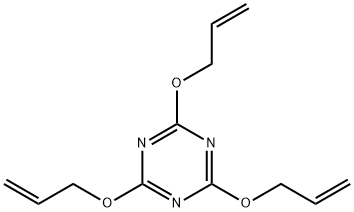
What is 2,4,6-Triallyloxy-1,3,5-triazi?
Chemical properties
Colorless liquid or solid. Miscible with acetone, benzene, chloroform, dioxane, ethyl acetate, ethanol, and xylene. Combustible.
The Uses of 2,4,6-Triallyloxy-1,3,5-triazi
Polymers as monomer and modifier, organic intermediate.
Definition
ChEBI: 2,4,6-triallyloxy-1,3,5-triazine is a member of 1,3,5-triazines and an aromatic ether.
Hazard
Toxic by ingestion and inhalation.
Flammability and Explosibility
Non flammable
Safety Profile
Poison by intravenous route. Flammable when exposed to heat, flame, or oxidizers. To fight fire, use spray, foam, dry chemical. When heated to decomposition or on contact with acid or acid fumes it emits hghly toxic fumes of CNand NOx. See also ESTERS and ALLYL, COMPOUNDS.
Properties of 2,4,6-Triallyloxy-1,3,5-triazi
| Melting point: | 26-28 °C |
| Boiling point: | 156 °C |
| Density | 1.11 g/mL at 30 °C |
| vapor pressure | 1.3 hPa (100 °C) |
| refractive index | 1.5290 (estimate) |
| Flash point: | >230 °F |
| storage temp. | Store at <= 20°C. |
| solubility | 0.3g/l |
| form | Oil |
| pka | 2.04±0.10(Predicted) |
| Specific Gravity | 1.11 |
| color | Colourless |
| Water Solubility | 6g/L(20 ºC) |
| BRN | 235560 |
| Stability: | Stable, but moisture-sensitive. Incompatible with acids, peroxides, strong oxidizing agents, copper, iron and its salts. |
| CAS DataBase Reference | 101-37-1(CAS DataBase Reference) |
| NIST Chemistry Reference | 2,4,6-Triallyloxy-1,3,5-triazine(101-37-1) |
| EPA Substance Registry System | 1,3,5-Triazine, 2,4,6-tris(2-propenyloxy)- (101-37-1) |
Safety information for 2,4,6-Triallyloxy-1,3,5-triazi
| Signal word | Warning |
| Pictogram(s) |
 Exclamation Mark Irritant GHS07  Environment GHS09 |
| GHS Hazard Statements |
H302:Acute toxicity,oral H411:Hazardous to the aquatic environment, long-term hazard |
| Precautionary Statement Codes |
P264:Wash hands thoroughly after handling. P264:Wash skin thouroughly after handling. P270:Do not eat, drink or smoke when using this product. P273:Avoid release to the environment. P391:Collect spillage. Hazardous to the aquatic environment P301+P312:IF SWALLOWED: call a POISON CENTER or doctor/physician IF you feel unwell. P501:Dispose of contents/container to..… |
Computed Descriptors for 2,4,6-Triallyloxy-1,3,5-triazi
Abamectin manufacturer
Yasho Industries Ltd
1Y
Phone:+91-8291955977
Whatsapp: +91 8291955977
product: 101-37-1 Triallyl cyanurate 98%
New Products
4-Aminotetrahydropyran-4-carbonitrile Hydrochloride (R)-3-Aminobutanenitrile Hydrochloride 4-AMINO-TETRAHYDRO-PYRAN-4-CARBOXYLIC ACID HCL 4-(Dimethylamino)tetrahydro-2H-pyran-4-carbonitrile 3-((Dimethylamino)methyl)-5-methylhexan-2-one oxalate 1,4-Dioxa-8-azaspiro[4.5]decane 5-Bromo-2-nitropyridine Nimesulide BP Aceclofenac IP/BP/EP Diclofenac Sodium IP/BP/EP/USP Mefenamic Acid IP/BP/EP/USP Ornidazole IP Diclofenac Potassium SODIUM AAS SOLUTION ZINC AAS SOLUTION BUFFER SOLUTION PH 10.0(BORATE) GOOCH CRUCIBLE SINTERED AQUANIL 5 BERYLLIUM AAS SOLUTION 2-Bromo-1-(bromomethyl)-3-chloro-5-nitrobenzene 2-Bromo-3-nitroaniline N-(3-Hydroxypropyl)-N-methylacetamide 3-Bromo-6-chloropyridazine 4-ethyl-3-nitrobenzoic acidRelated products of tetrahydrofuran


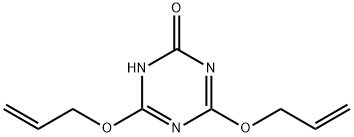

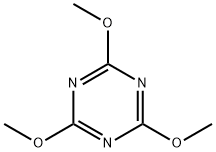

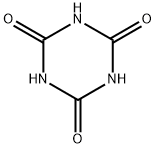
You may like
-
 Triallyl cyanurate CAS 101-37-1View Details
Triallyl cyanurate CAS 101-37-1View Details
101-37-1 -
 2,4,6-Tris(allyloxy)-1,3,5-triazine, stabilized with 100ppm hydroquinone CAS 101-37-1View Details
2,4,6-Tris(allyloxy)-1,3,5-triazine, stabilized with 100ppm hydroquinone CAS 101-37-1View Details
101-37-1 -
 Triallyl Cyanurate CAS 101-37-1View Details
Triallyl Cyanurate CAS 101-37-1View Details
101-37-1 -
 Triallylcyanurate CAS 101-37-1View Details
Triallylcyanurate CAS 101-37-1View Details
101-37-1 -
 2,4,6-Triallyloxy-1,3,5-triazine CAS 101-37-1View Details
2,4,6-Triallyloxy-1,3,5-triazine CAS 101-37-1View Details
101-37-1 -
 2,4,6-Tris(allyloxy)-1,3,5-triazine CAS 101-37-1View Details
2,4,6-Tris(allyloxy)-1,3,5-triazine CAS 101-37-1View Details
101-37-1 -
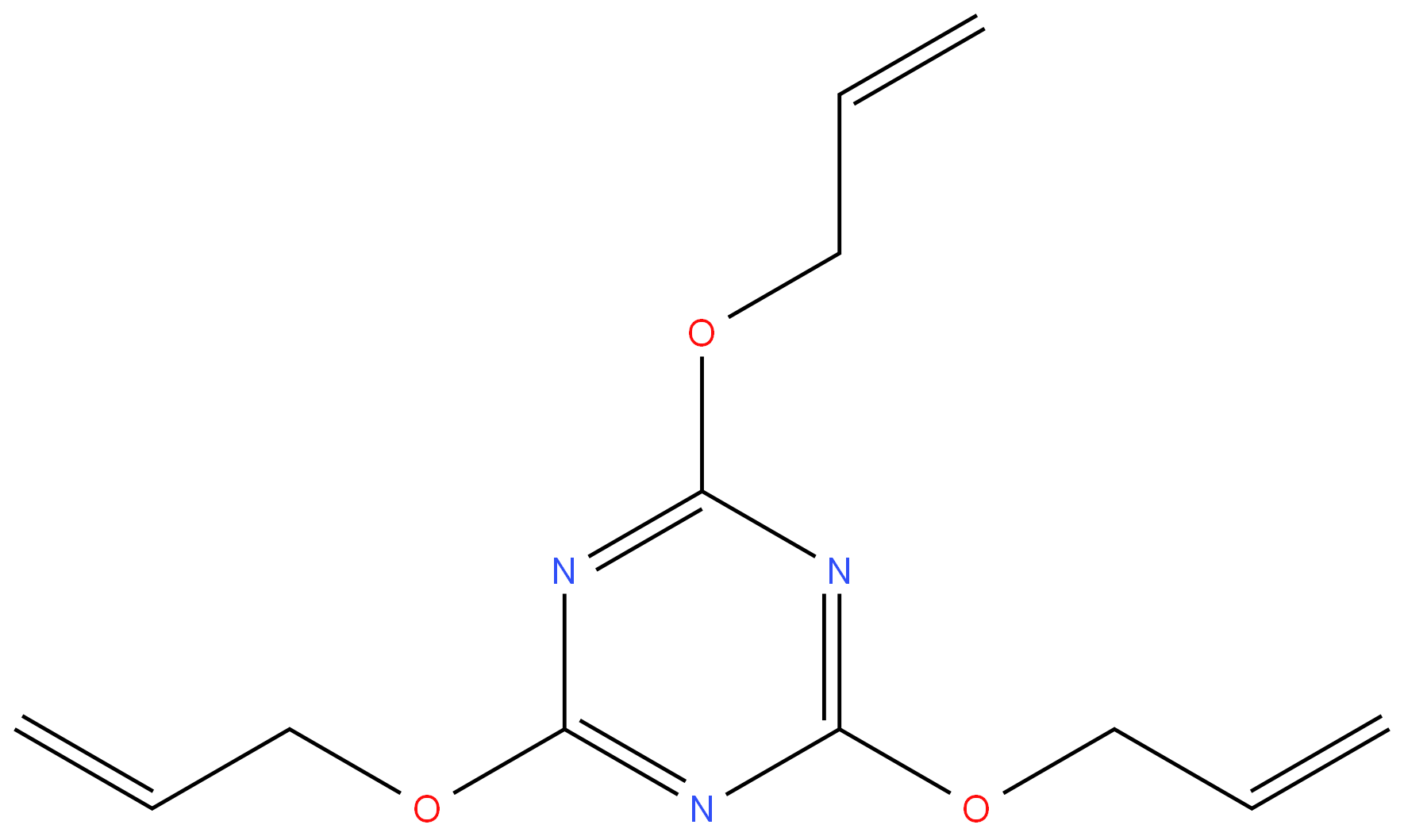 101-37-1 Triallyl cyanurate 98%View Details
101-37-1 Triallyl cyanurate 98%View Details
101-37-1 -
 Lithium ClavulanateView Details
Lithium ClavulanateView Details
61177-44-4
Statement: All products displayed on this website are only used for non medical purposes such as industrial applications or scientific research, and cannot be used for clinical diagnosis or treatment of humans or animals. They are not medicinal or edible.